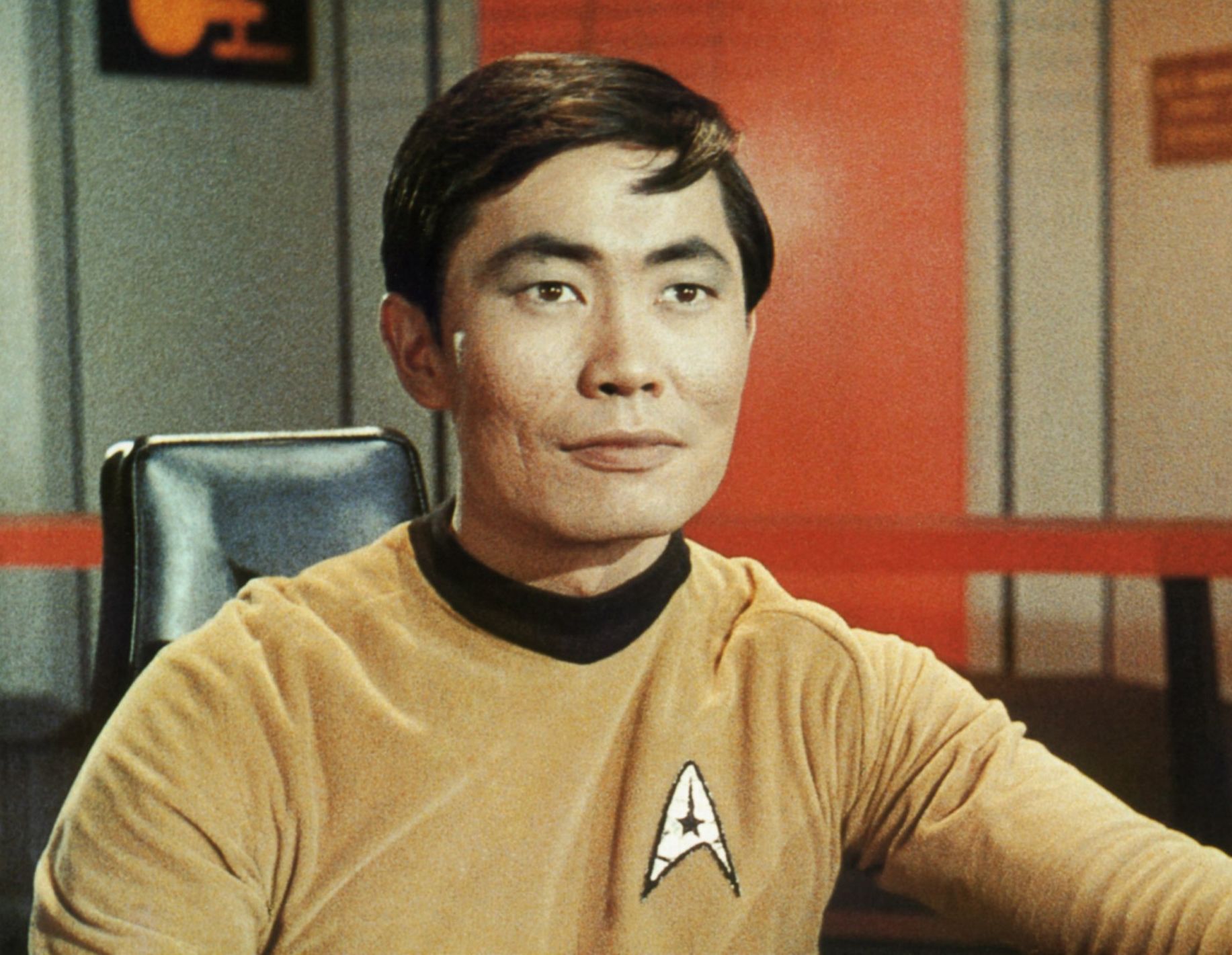Table of Contents Show
In honor of Asian Pacific American Heritage Month, we look at six Asian characters that do a great job of representation. We long for the day where diversity in media is the norm and characters of color are known for their story, growth, and not just their looks. As we celebrate the Asian actors and their contributions to fandom, we look forward to increasing diversity across media and within the representation. Not only do these examples show complex Asian personalities on screen, but they also break specific cultural stereotypes.
Hikaru Sulu: Star Trek
The original Star Trek show was at the forefront of diversity and equality in representation across the board. Hikaru Sulu is no exception. George Takei’s Sulu was the main character not just for his martial arts prowess or as a villain. He is smart and decisive like many Star Fleet officers without being emotionally restrained or cold and calculating.
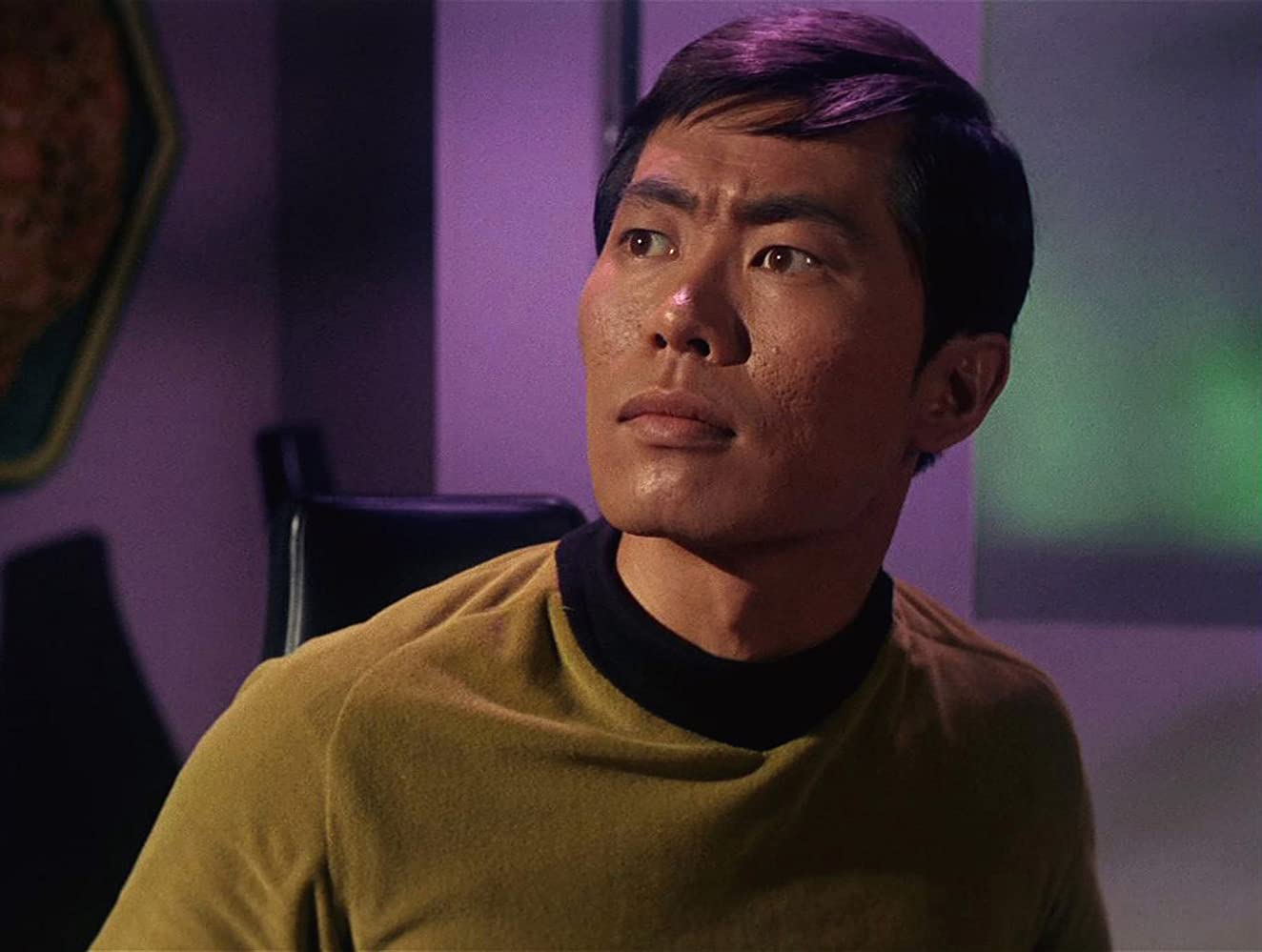
Though Sulu makes mistakes, he has personal passions, and still values his cultural roots. All of this creates a complex character that has nuances and moral struggles just like those in the real world. While there is still much to be desired in regard to Star Trek’s Sulu showed a generation what a slice of the world’s diversity feels like.
Hiro Hamada: Big Hero 6
Hiro is a smart, innovative young Japanese boy living in San Fransokyo. Though he is in the “smart Asian” character type, he starts as a bit of a con-artist.
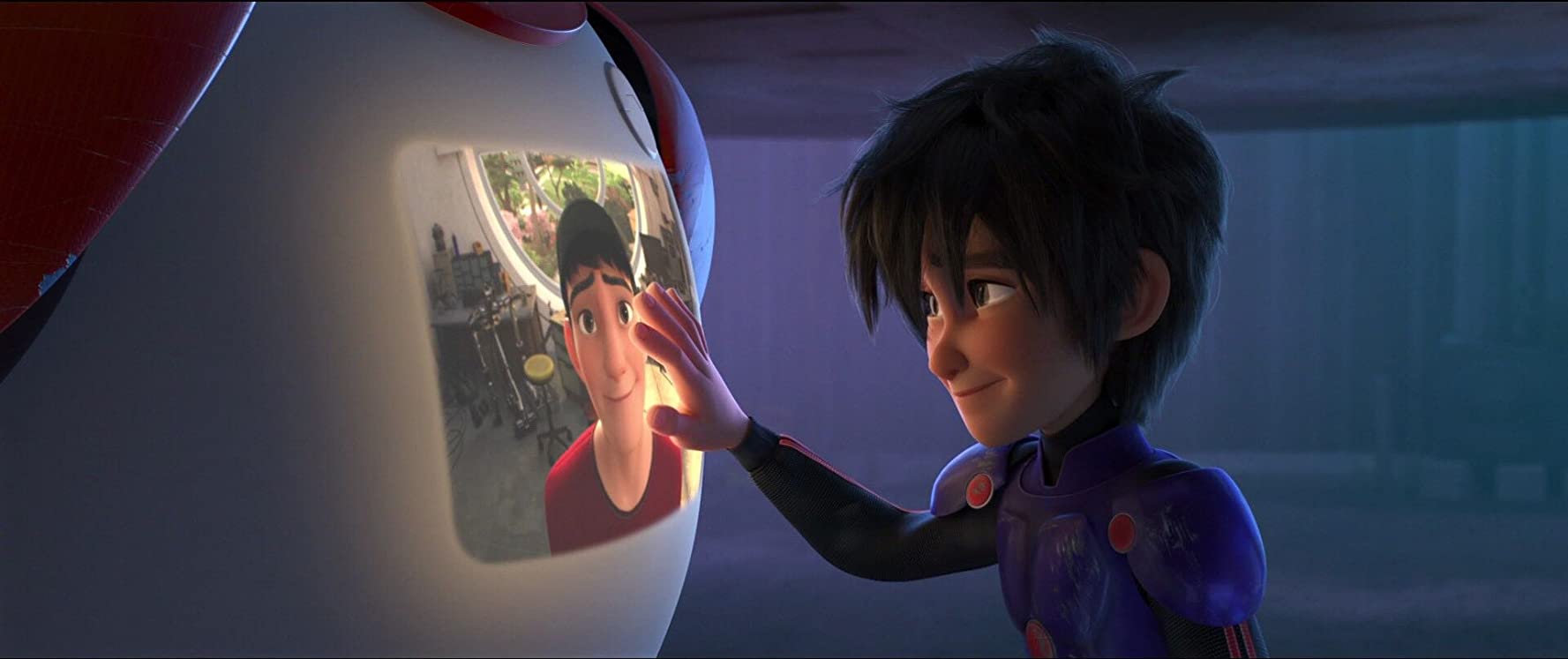
Hiro’s journey from underground gambler to “Big Hero” puts him in contact with a diverse and complex set of characters that all buck stereotypes of one sort or another. His ties to the friends and team members are just as strong as his familial ties to his brother and aunt. Further, he learns to use his tech genius to help others in a nurturing and positive way. Hiro breaks the notion that Asian’s are solely focused on being the best in their fields or monetary gain.
Boomer: Battlestar Galactica
Boomer is an integral character in Battlestar Galactica and it is not because she is the token Asian character. She loves, loses, and faces moral struggles just like the other crew-members. Though a (spoilers) Cylon, her humanity is still evident. Her loyalties are not just to her family or tradition. She has a strong moral compass that she follows to choose the right path, even if it means turning against the Cylon collective or traditional career paths.
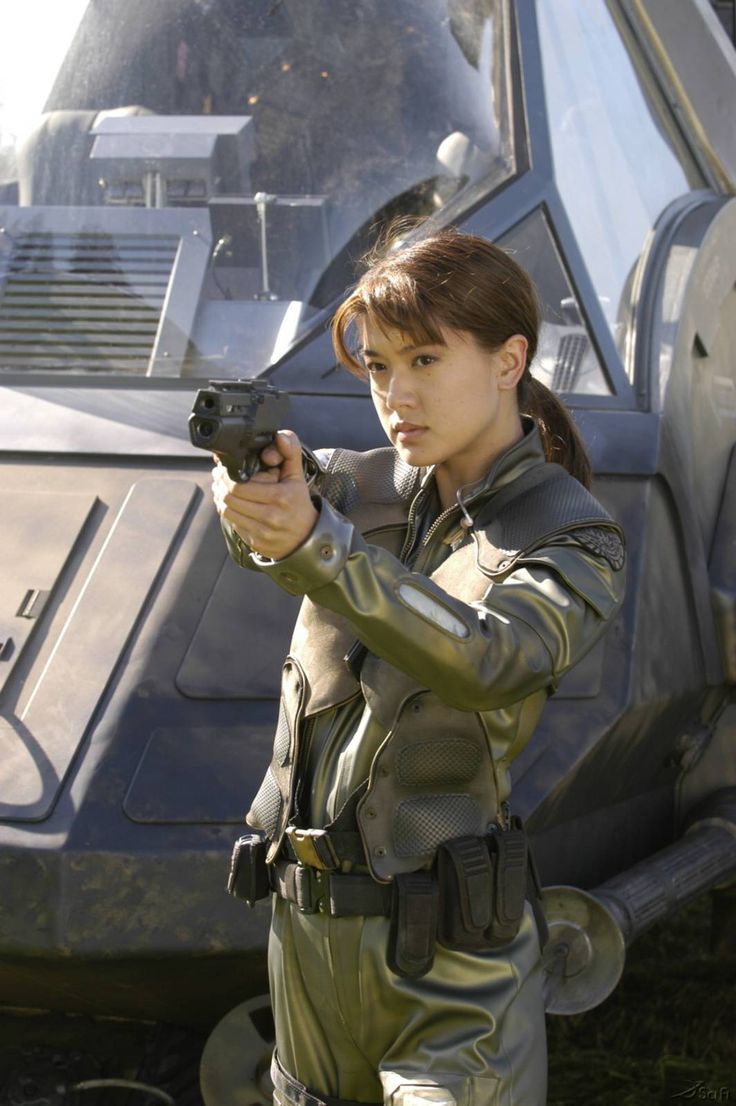
Boomer brings empathy and a genuine desire to do right to her job, relationships, and worldview. Boomer breaks the “dragon lady” stereotype that shows Asian women using their sexuality for nefarious or selfish purposes. While it is wonderful for a woman to feel sexy and command respect, the implication that this is immoral or always used for evil is abhorrent. Just because an Asian female is not demure and subservient does not make her the villain. Asian characters can struggle with good or evil and the nuances in between.
Wong: Dr. Strange
Wong is a Master of the Mystic Arts, librarian, and fellow protector of the New York sanctum. Though wise and intelligent, Wong also has a sharp sense of humor. Further, he is not comic relief because of foreign antics or a lack of understanding. His wit is on par with Marvel’s famously humorous team of heroes. Further, Wong does not have the typical action hero’s body.
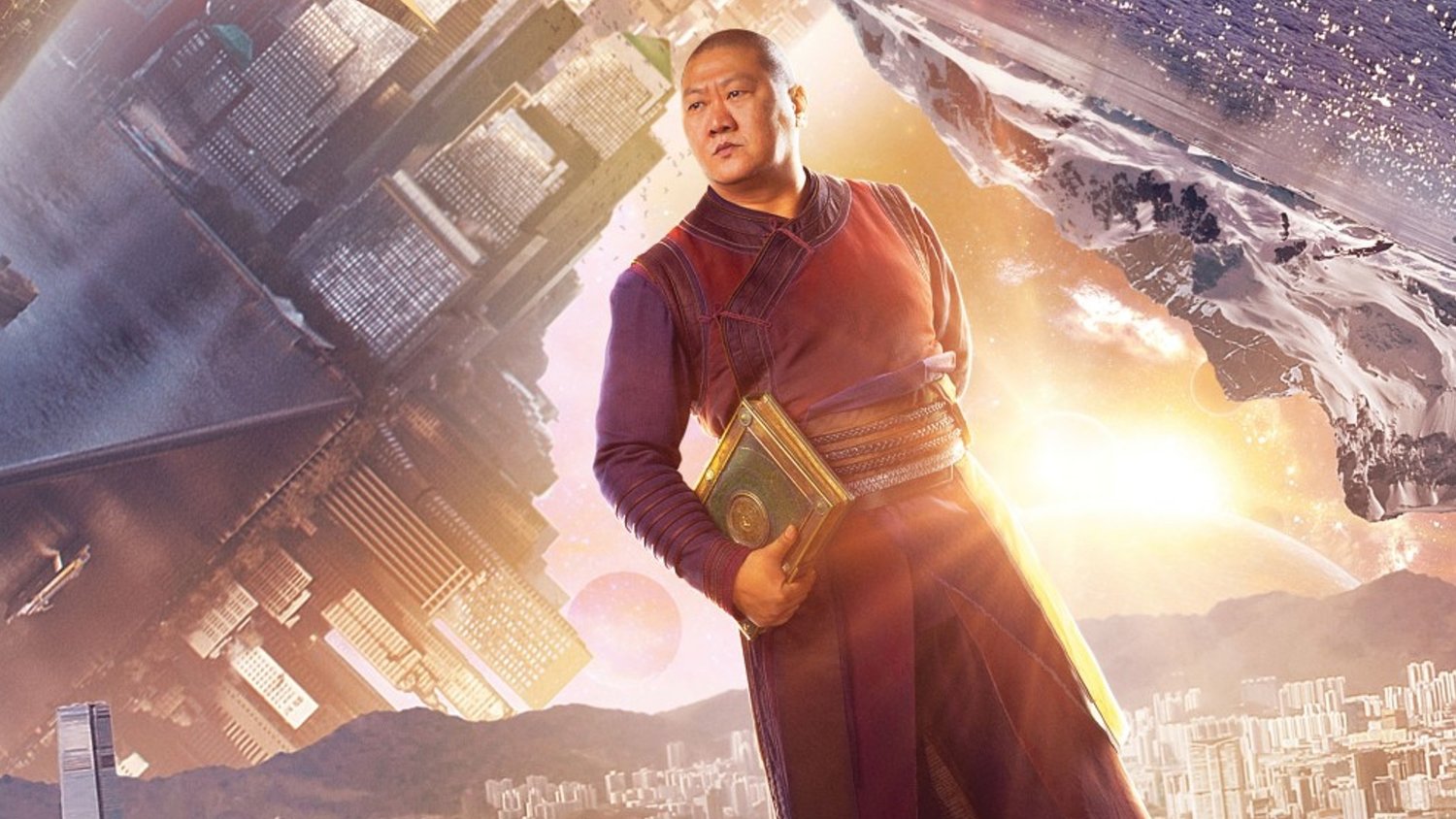
His physique does not take away from his combat prowess. And though this issue reaches across racial representation, Wong breaks the view that one must have next to no body fat to be a valuable asset to a team. It is refreshing to see someone who outwardly resembles the bodies our fathers or uncles have be so respected and capable. Wong’s expertise and personality show us heroes don’t have to look a certain way to be funny, powerful, and love Beyonce.
Mindy Lahiri: The Mindy Project
Mindy Lahiri (Mindy Kaling) is intelligent, successful, obsessed with pop culture, and vapid. And that’s ok! Not because all Indian women are vapid or just as a way to break stereotypes but because sometimes people are vapid. It’s hard not to find people who aren’t at least a little interested in celebrity gossip and drama.
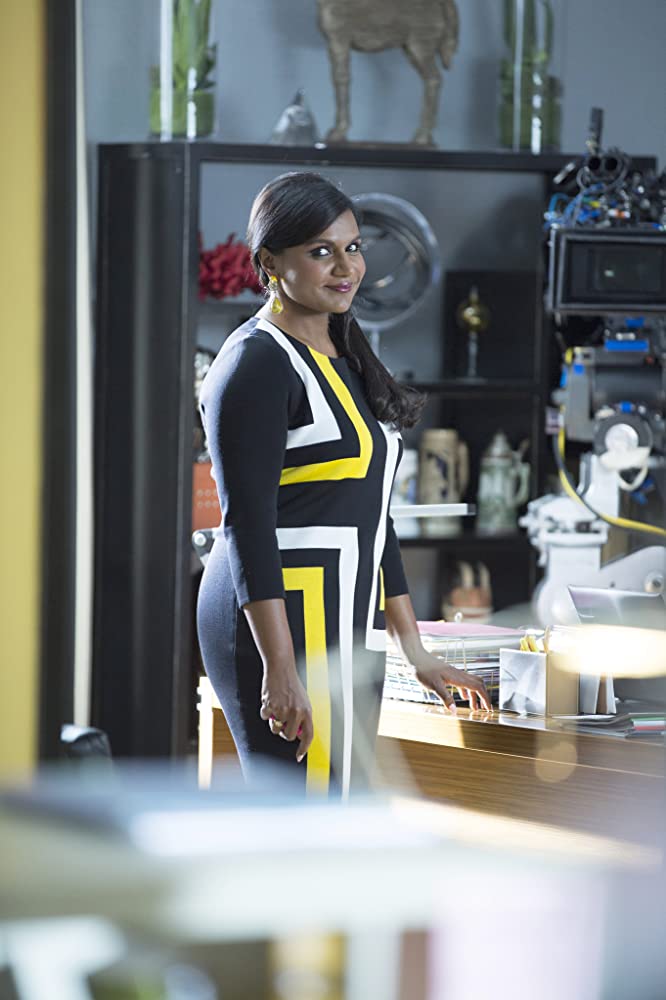
Asian culture certainly plays a large part in shaping Asian Pacific lives but this does not restrict personalities to one box. She can be shallow but still emotionally deep. There is no one-size-fits-all for the Asian experience. Mindy shatters the box that requires Asians to only focus on academia, their career, and family obligations. As a busy business owner, doctor, and mother Mindy’s successes and failures make her relatable to all, not just the south Asian women she represents.
Ellie Chu: The Half Of It
The Half Of It is a quiet but brilliant film that showcases a different story than so many teen rom-coms portray. Ellie Chu (Leah Lewis) captures a unique perspective of the Asian community and brings the story to life.
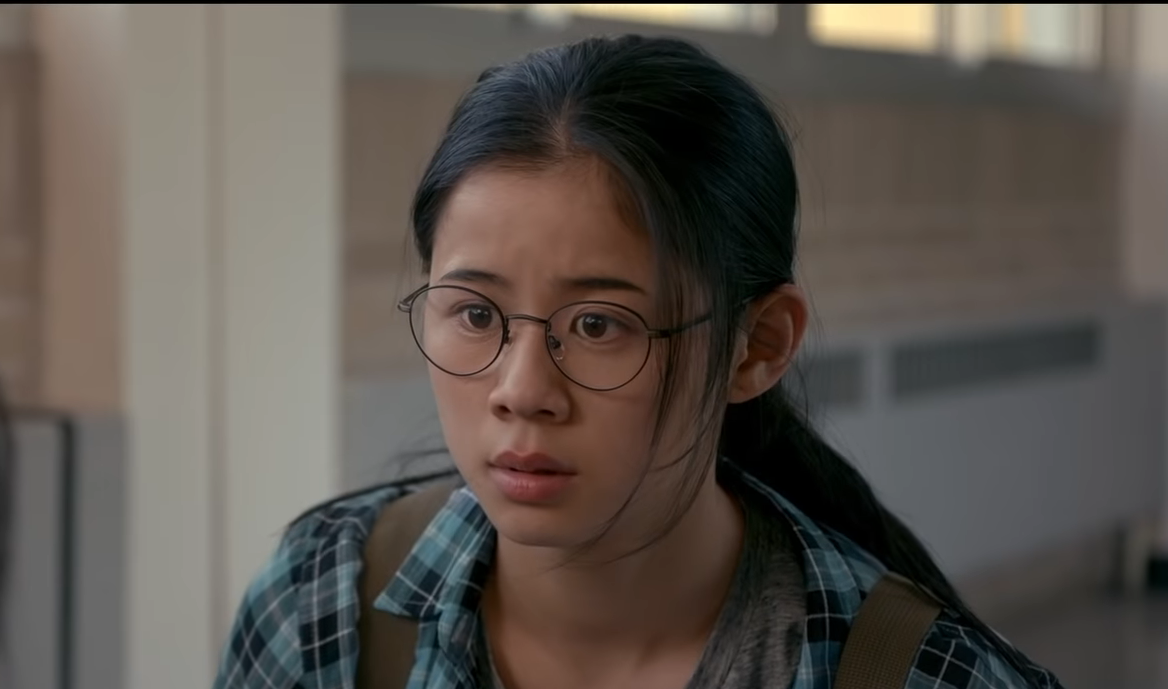
Though the film starts with her looking like the “ugly duckling” smart girl that needs a boost from the popular jock to achieve status at school, the story throws in delightfully unexpected twists. This trope shift also translates to Ellie’s life as an immigrant Chinese American. As the firstborn daughter, she does the expected job of taking care of the home and handling the culture gap her father struggles to span. However, she is also queer, creative, and in tune with her inner emotions.
Asian Characters Represent!
While it is exciting to have such great characters representing the Asian community, so much more could be done to bring Asian faces to the screen. Finding the stories and characters bring Asian culture to life is not hard. However, the lack of diversity not only in ethnicity but within ethnicity portrayals begs to be addressed. But why is it so hard to bring Asian Pacific diversity to the screen? The many white-washed and token Asian characters even in more modern media shows how far we need to go.
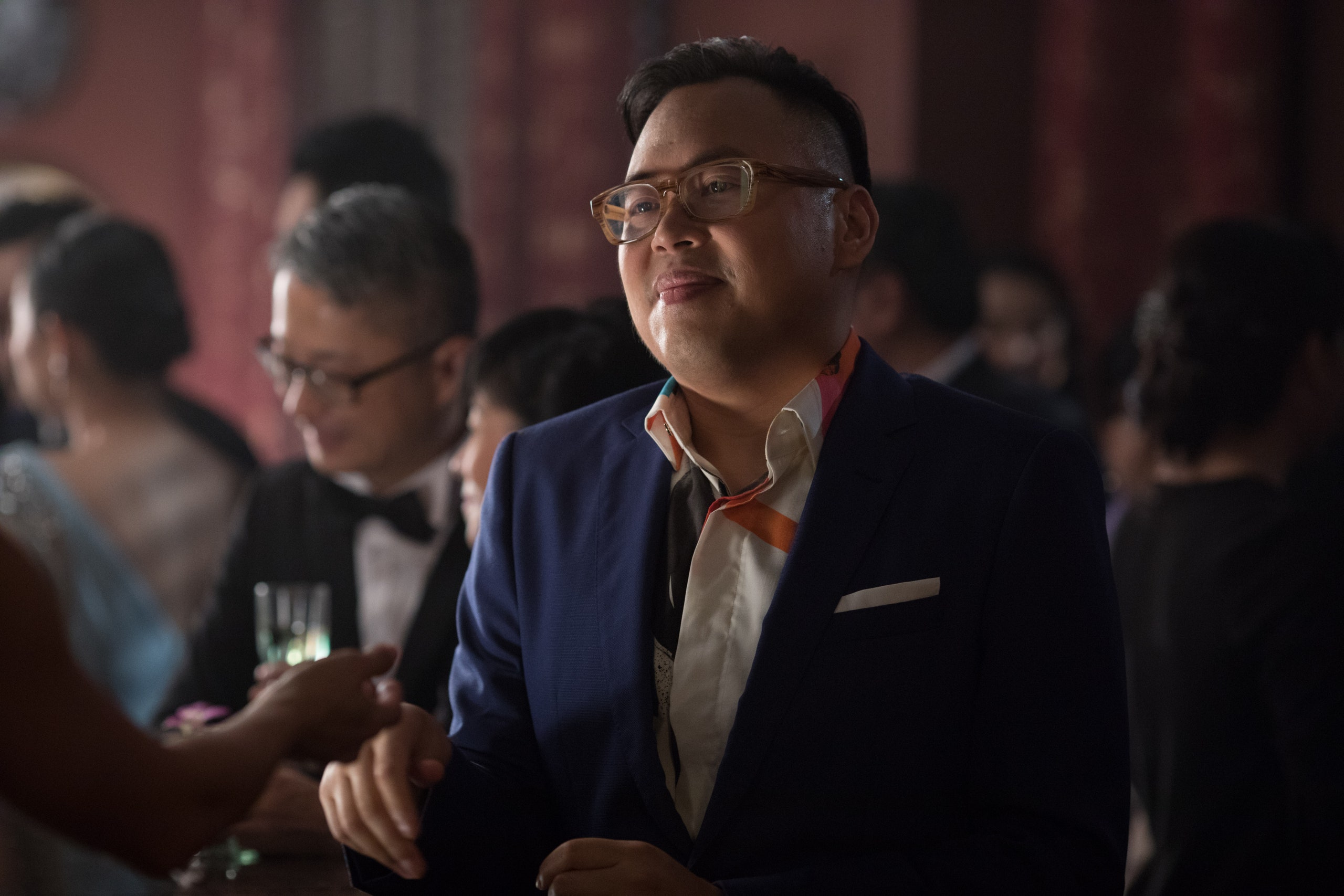
This is by no means a call to laud subpar productions just to add Asian characters to current media. True representation also does not mean white characters should be played by Asian actors to placate a diversity count. There are so many talented and excellent Asian Pacific American professionals out there that truly deserve a chance to shine as Asian characters that embody variety and depth. What is needed are storytellers, actors, and creatives willing to fill the world with the narratives of great Asian characters. But it shouldn’t stop there. Let us fill whatever worlds our tales are told in with a range of main, secondary, and tertiary characters that mirror the diversity of culture in our own world.
